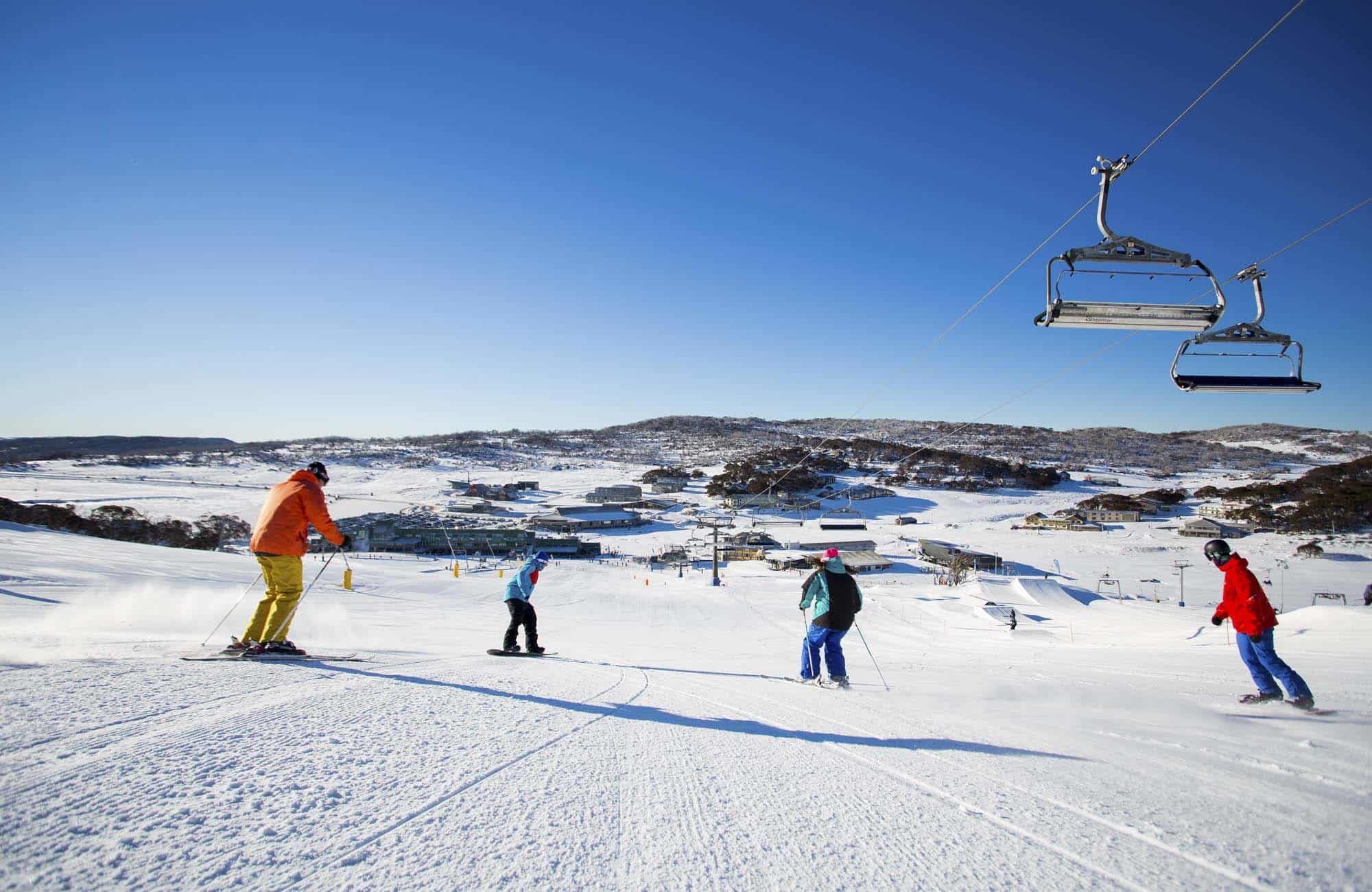The Various Kinds of Snow in Australia and Their Effect on Wintertime Sports
Australia, understood for its sun-soaked beaches, is also home to a diverse array of snow conditions that substantially affect winter season sporting activities. Each type, from the damp coastal snow to the completely dry indoor powder, offers unique difficulties and advantages for professional athletes. An understanding of these variants is essential for those seeking to navigate the Australian slopes, as each requires different techniques and durability. The following expedition will certainly discuss the effects of these snow types on wintertime sporting activities efficiency.
Understanding the Features of Various Snow Kinds
While numerous think that snow is an uniform entity, it is necessary to understand that there are different types, each with distinct characteristics. In Australia, these variants are especially obvious due to climatic diversity. Coastal snow, discovered in areas such as the Snowy Hills, is generally wetter and denser because of high dampness web content, making it optimal for snowball battles or developing snowmen. On the other hand, the snow found in the indoor regions like the Australian Alps is drier and lighter, frequently compared to a cosy powder. These distinctions in snow type aren't merely aesthetic; they substantially impact wintertime sporting activities, dictating the ease of activity, the speed attainable, and the degree of control required from professional athletes.
The Influences of Powder Snow on Snowboarding and Snowboarding
In spite of its light and cosy look, powder snow in the Australian Alps offers both unique difficulties and chances for wintertime sporting activities enthusiasts, specifically those engaged in snowboarding and snowboarding. The smooth and flexible surface of powder snow also decreases threat of injury during falls, making it a favored selection for extreme wintertime sporting activities.

The Challenges and Benefits of Jam-packed Snow in Winter Sports
Shifting emphasis from the loosened, completely dry powder snow, another common kind of snow in the Australian Alps is packed snow, posturing its very own set of obstacles and advantages in the realm of winter season sporting activities. This denser, much more solidified type of snow gives a much faster, slicker surface area, benefiting sports like downhill snowboarding and snowboarding, boosting speed and precision. The very same characteristics additionally existing difficulties. Its hard surface can be dangerous, enhancing the capacity for injuries throughout drops. Browsing turns and managing rate can be tough on jam-packed snow, needing higher ability levels from professional athletes. In spite of these challenges, packed snow continues to be an essential component in several winter season sports, shaping the performance and techniques of professional athletes.
The Function of Wet Snow in Australian Winter Gamings
In comparison to the dense, slick surface of stuffed snow, damp snow plays a completely various duty in Australian wintertime video games. Characterised by its high dig this moisture content, damp snow impacts the speed and control of winter sporting activities participants. Its hefty, sticky nature can be challenging for professional athletes, especially in winter sports and snowboarding where speed and manoeuvrability are critical. Nonetheless, its pliability makes it ideal for snow sculpting occasions and for fortifying snow structures in sporting activities like snow ft fights. Despite its challenges, damp Extra resources snow presents an unique dynamic to winter games in Australia, testing professional athletes' versatility and resilience, and working as a pointer of the diverse climate condition they have to be prepared to encounter.

Exactly How Slushy Snow Affects Wintertime Sports Efficiency
Continuing the exploration of differing snow problems in Australia, the effect of slushy snow on winter sporting activities is an additional intriguing variable. Slushy snow, resulting from warmer temperature levels or direct sunshine, presents one-of-a-kind difficulties to athletes. It lowers speed and calls for increased exertion as the devices sinks right into the soft, water-saturated snow. In winter sports and snowboarding, slushy conditions can influence the predictability of turns and jumps, raising the danger of accidents. For snowmobiling, the equipment's efficiency may be prevented as it struggles to preserve traction. Hence, slushy snow changes the winter months sporting activities landscape, demanding not only increased physical effort from athletes however also a better emphasis on get more safety and security precautions.
Adapting Winter Months Sports Techniques to Different Snow Conditions
Verdict
In verdict, Australia's diverse snow kinds significantly impact winter sporting activities efficiency. Each type, from the glossy seaside snow to the drier indoor powder and the heavy, sticky wet snow, presents special obstacles and benefits.
Changing focus from the loosened, completely dry powder snow, an additional common type of snow in the Australian Alps is packed snow, posing its very own collection of obstacles and benefits in the world of wintertime sports - Does It Snow In Australia.In comparison to the dense, slick surface of jam-packed snow, wet snow plays an entirely various duty in Australian winter video games. Its pliability makes it perfect for snow sculpting occasions and for fortifying snow frameworks in sporting activities like snow fort battles.Continuing the exploration of varying snow problems in Australia, the influence of slushy snow on winter season sporting activities is an additional appealing aspect. Each type, from the slick seaside snow to the drier indoor powder and the hefty, sticky damp snow, presents unique challenges and advantages